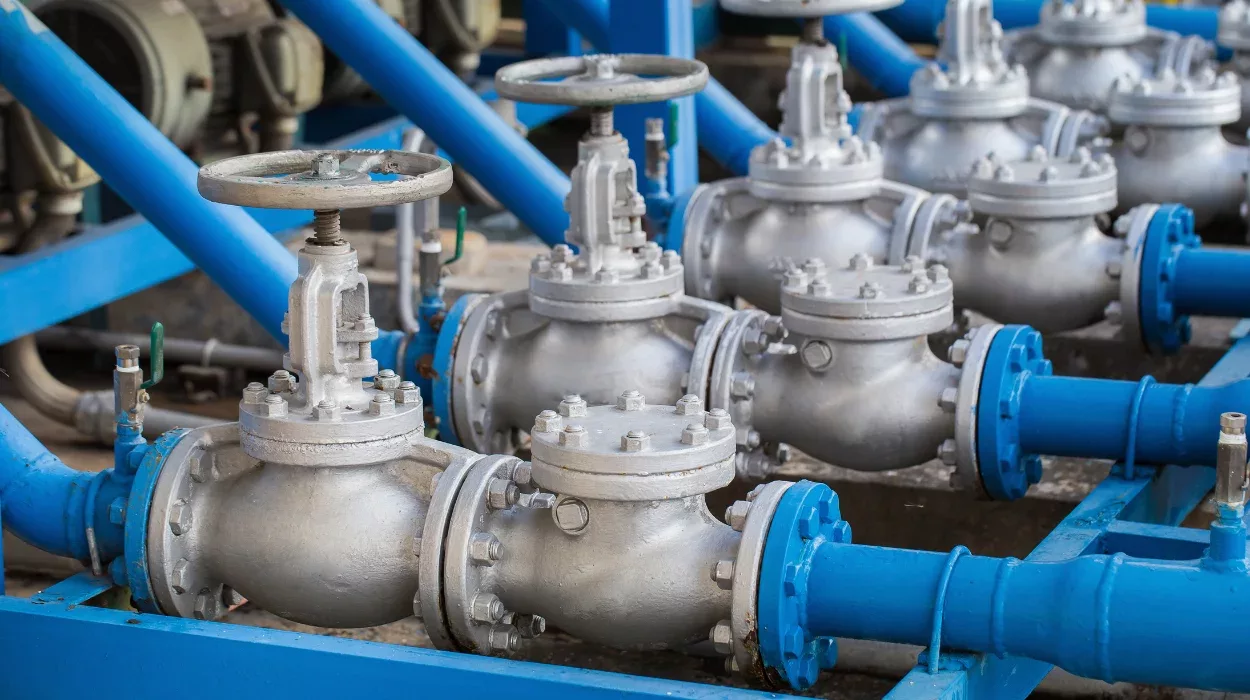High-pressure safety valves are devices designed to protect systems from dangerous pressure levels. They automatically release pressure when it gets too high, preventing equipment from bursting or failing. The invention of these valves has been crucial for industries dealing with high-pressure systems, such as oil, gas, chemical plants, and even steam boilers.
Why Were High-Pressure Safety Valves Invented?
As industries advanced in the 19th century, more powerful machines and engines were developed. These systems operated at high pressures, making them efficient but also risky. If the pressure inside a boiler or pipe grew too high, it could explode, causing damage and injuries. A device that could prevent these accidents by controlling the pressure was needed, which led to the invention of the high-pressure safety valve.
The First Safety Valves
French inventor Denis Papin invented The earliest safety valve in the 17th century. He designed a simple pressure release valve for his steam digester, an early version of the pressure cooker. Papin’s safety valve used a weighted cap that would lift when the pressure inside the vessel became too high, allowing steam to escape and reducing the pressure.
In the 19th century, as steam engines became widespread, safety valves became more advanced. Engineers developed spring-loaded safety valves, which used springs to control when the valve would open. This allowed the valves to handle higher pressures, making them more reliable in protecting equipment.
Manufacturers
Techinstro is the leading manufacturer and supplier of High-Pressure Safety Valves.
How Do High-Pressure Safety Valves Work?
Modern high-pressure safety valves work using a spring mechanism. The valve is set to open at a specific pressure. When the pressure inside a system exceeds this set level, the valve automatically opens, releasing some pressure. Once the pressure is at its safe level, the valve closes again.
These valves are essential in many industries, from power plants to chemical processing, ensuring that machines run safely without the risk of dangerous pressure buildup.
Impact of the Invention
The invention of high-pressure safety valves was a game-changer for industrial safety. It made high-pressure systems much safer to operate, reducing the risk of accidents and making industries like power generation, manufacturing, and energy more efficient. Today, safety valves are a standard part of any high-pressure system.
Conclusion
The invention of high-pressure safety valves has had a lasting impact on industrial safety. From simple weight-operated valves to modern spring-loaded designs, they protect equipment and people by controlling dangerous pressure levels.







